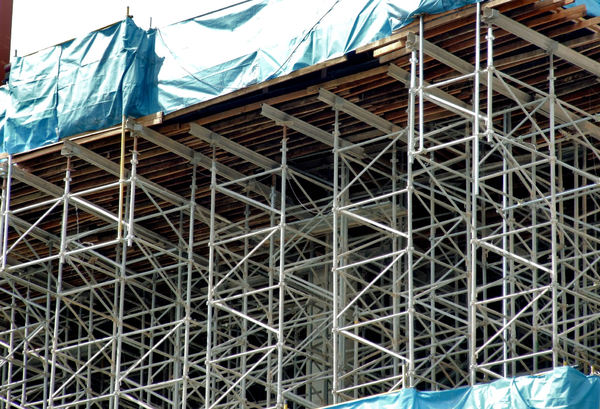The sustainable future of metal industries is heavily debated due to its significant contribution to greenhouse gas emissions and environmental degradation. Extraction and processing of metals require an enormous amount of resources and energy resulting in considerable environmental impacts. However, as consumers become more ecologically aware and governments implement stricter regulations, the industry is shifting its focus towards eco-friendly practices.
One of the key areas of focus is recycling metals. Recycling metals not only reduces the need for primary production but also conserves valuable required materials. For instance, recycling aluminum reduces energy consumption by 95% compared to producing new aluminum from raw sources. Furthermore, recycled metals can be reused multiple times, making them an appealing option for manufacturers.
Another area of innovation is the development of sustainable raw materials. Researchers are exploring alternative sources of metals, such as economically viable materials that are more energy efficient. Additionally, companies are beginning to use waste materials as a raw material source, reducing the discard rates and conserving natural resources.
The metal industry is also experiencing a significant shift towards renewable energy sources Many companies are transitioning their energy sources to solar, wind and http://2cool.ru/qiwi-f215/vakansii-v-gruppe-kompaniy-nlmk-t5447.html geothermal power, reducing their reliance on fossil fuels and lowering greenhouse gas emissions. For instance, a leading metal manufacturer has committed to powering 100% of its operations with renewable energy by 2030.
The use of green technologies is also transforming the metal industry. Processes like plasma smelting and electroremetallurgy allow for more efficient and environmentally friendly production methods. These technologies reduce the need for fossil fuels and minimize waste production, making them an appealing option for environmentally conscious manufacturers.
Supply chain management is another critical area where sustainable practices are being implemented. Companies are working to ensure that their suppliers meet strict environmental and social standards, reducing the risk of environmental and social harm throughout the supply chain.
Finally, investment in research and development is providing a platform for innovation in the metal industry. Companies are investing in technologies that minimize environmental impacts, increase efficiency, and minimize environmental impacts. These investments are vital for driving sustainable practices and ensuring a cleaner, greener future for the metal industry.
As consumers, policymakers, and businesses, we all have a role to play in driving sustainable practices in the metal industry. By embracing new technologies, investing in research and development, and demanding environmental responsibility, we can ensure a more environmentally conscious and sustainable future for this vital sector. The future of the metal industry looks brighter, with a focus on reducing waste, conserving resources, and minimizing environmental impacts.



 Creating an effective work environment in the industry is crucial for boosting employee productivity, morale, and overall job satisfaction. It is also essential for attracting and retaining top talent. A well-designed work environment can drive business results, improve work-life balance, and enhance the overall employee experience.
Creating an effective work environment in the industry is crucial for boosting employee productivity, morale, and overall job satisfaction. It is also essential for attracting and retaining top talent. A well-designed work environment can drive business results, improve work-life balance, and enhance the overall employee experience.